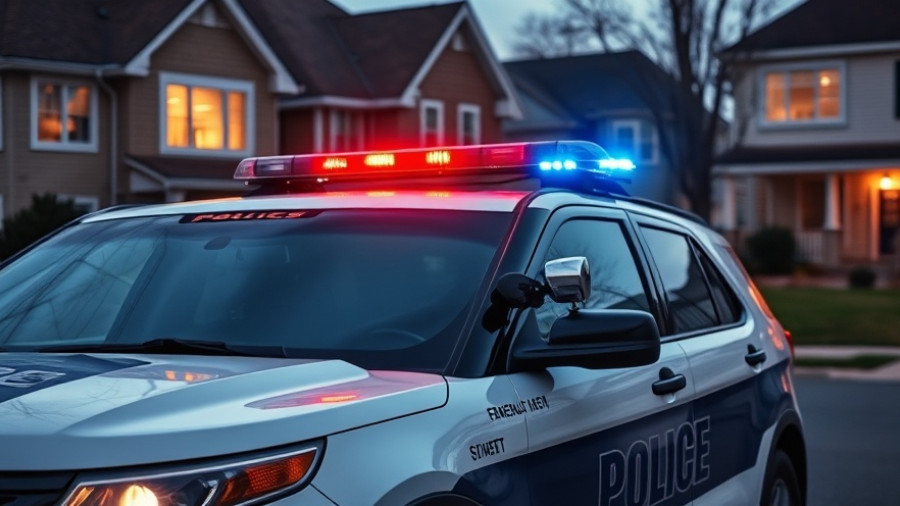
A Tragic Accident in Arapahoe County
A pedestrian was tragically killed and another suffered a severe leg amputation during a car crash in Arapahoe County late Sunday night. The incident occurred around 10 p.m. at the intersection of East Smoky Hill Road and South Waco Street, near Big Sandy Park in Centennial, about four miles east of Cherry Creek State Park.
The Details Unfold
According to spokesperson John Bartmann from the Arapahoe County sheriff's office, one vehicle struck both pedestrians, resulting in an immediate response from law enforcement and paramedics. While one pedestrian was pronounced dead at the scene, the other was rushed to the hospital with life-altering injuries, including the amputation of a leg. The identity of the deceased victim will be confirmed by the Arapahoe County Coroner's Office.
Investigation Still Underway
Authorities have not released specific details regarding the cause of the crash or whether alcohol or drugs played a role. The driver remained at the scene and is cooperating with the ongoing investigation. This incident follows a concerning pattern of pedestrian fatalities in the area, shedding light on an urgent public safety issue.
Rising Concerns Over Pedestrian Safety
As pedestrian casualties continue to rise across the state, this latest accident highlights the significance of safety awareness for both drivers and pedestrians alike. Previous reports indicate that pedestrian deaths in Colorado have increased dramatically, making it crucial for communities to prioritize safer road designs and traffic regulations.
Call For Community Action
Residents of Arapahoe County and surrounding areas are urged to stay informed and advocate for enhanced pedestrian safety measures. Whether it’s requesting better signage near high-traffic areas or just being more vigilant as drivers, every action can make a difference.
In light of this tragic event, it's more important than ever to engage in community discussions about road safety. Let’s work together to ensure such incidents become a rarity rather than a grim reality.
 Add Row
Add Row  Add
Add 




Write A Comment